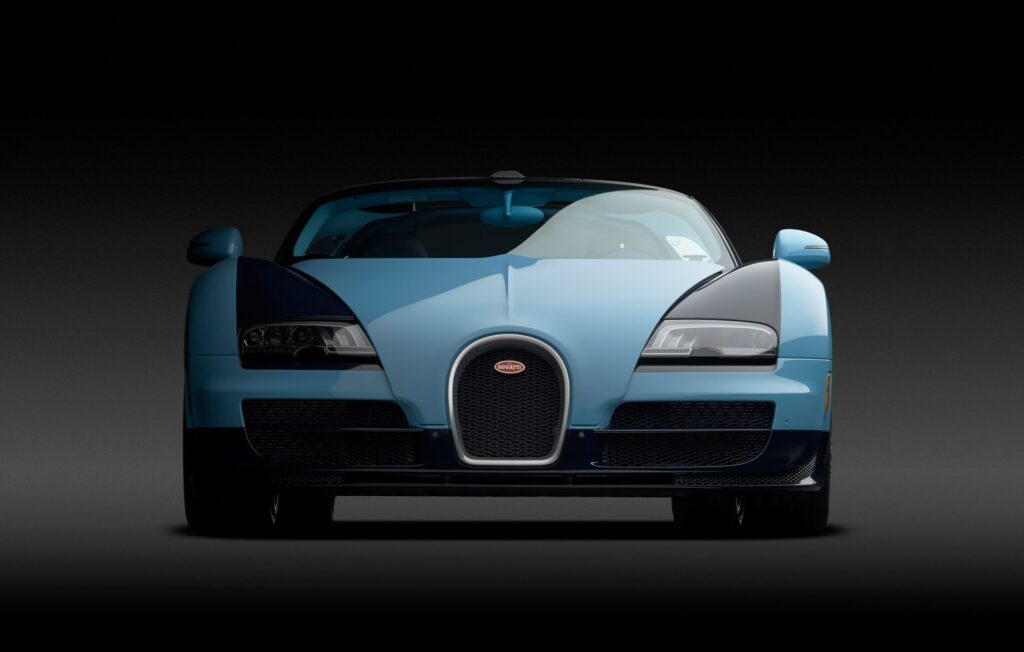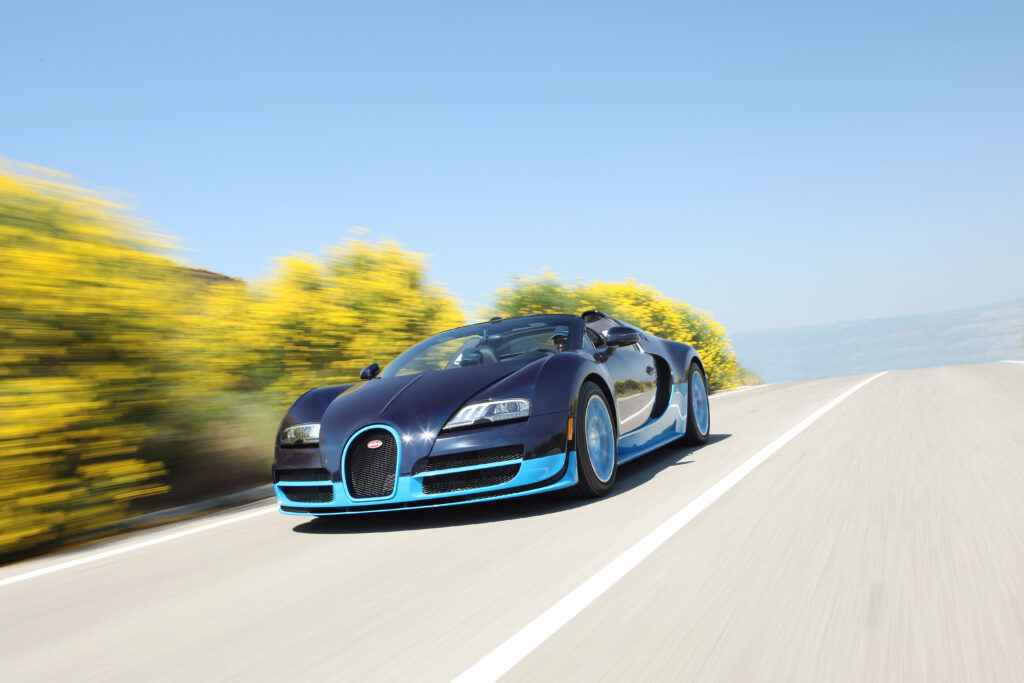20 Years Later, the Bugatti Veyron Remains an Iconic, Tragically Underdriven Automotive Masterpiece
First delivered to customers in 2005, the Bugatti Veyron remains one of the most special, impressive cars of all time.

The Bugatti Veyron was the first true hypercar. There had been many expensive supercars before that broke various top-speed records, but the Veyron was the vision of one ruthless man — Volkswagen chairman Ferdinand Piëch — who wanted to make the ultimate car.
His brief was daunting. He told his engineers that the car should have a thousand metric horsepower, hit a top speed of more than 248 miles an hour, accelerate from 0 to 62 miles an hour in under three seconds, and also have the daily usability of a Volkswagen Golf. His dream was a car that could break a track record, drive you comfortably to the opera, and look perfectly at place there.
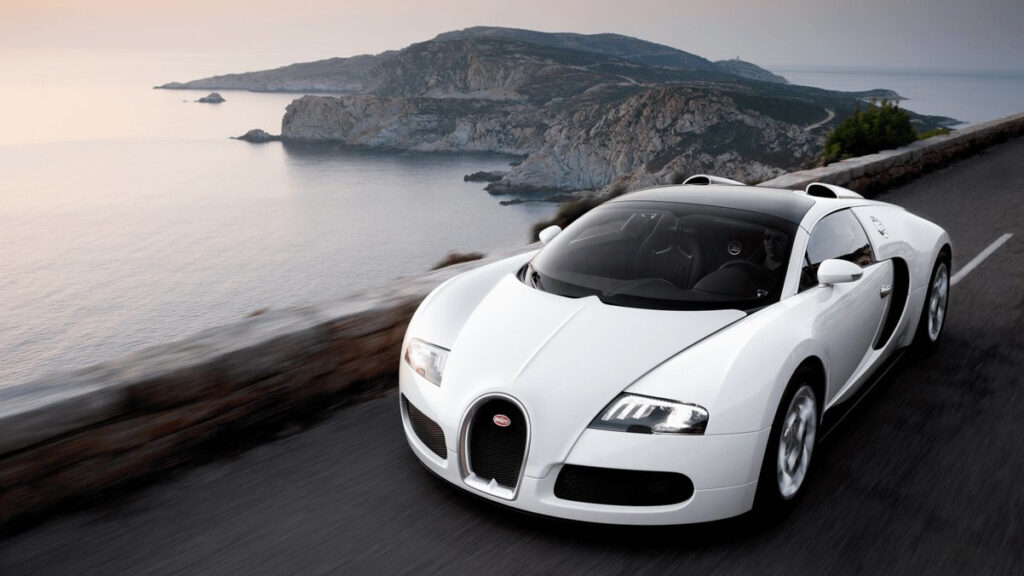
Many of his engineers resigned at that point, and he fired more during the car’s development. But the final result is one of the most iconic cars ever. It beat the McLaren F1 to become the fastest production car of all time, while being more luxurious than a Rolls Royce and looking like nothing else on the road. It would go on to lose that top-speed record to an even more powerful version of itself, the Super Sport. Like the man who made it, was it intense, impressive, classy, and mad.
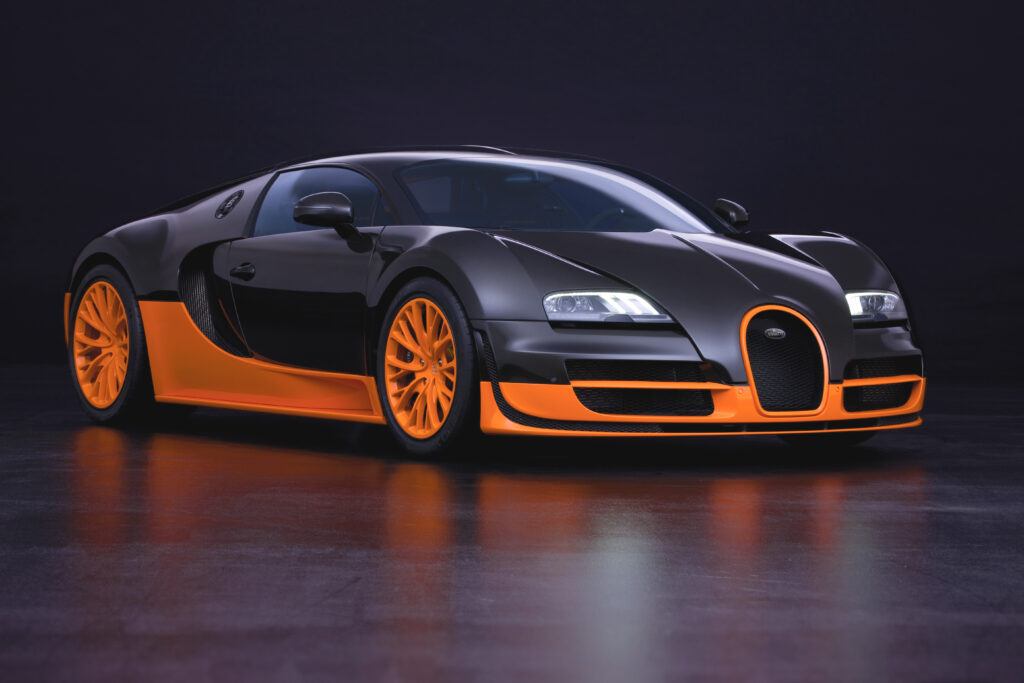
Even the basic details of the car seem ridiculous. For example, it wasn’t powered by a big V8; that would be too plain for Piëch. Instead, it used an 8-liter, quad-turbocharged, 64-valve W16, made of two narrow V8 engines conjoined at a 90-degree angle. And it needed 10 radiators to cool it.
Through its four-wheel drive system, it hit 60 miles an hour in 2.5 seconds and was the most expensive production car ever made at the time, starting at $1,700,000 before options, or about $2,700,000 in today’s money. And despite that, Volkswagen reportedly lost $6,000,000 on each car they sold.
Fittingly, the only thing Piëch didn’t account for was running costs. Despite its iconic status, Veyron values haven’t increased much because they are unfathomably expensive to maintain, even by supercar standards.
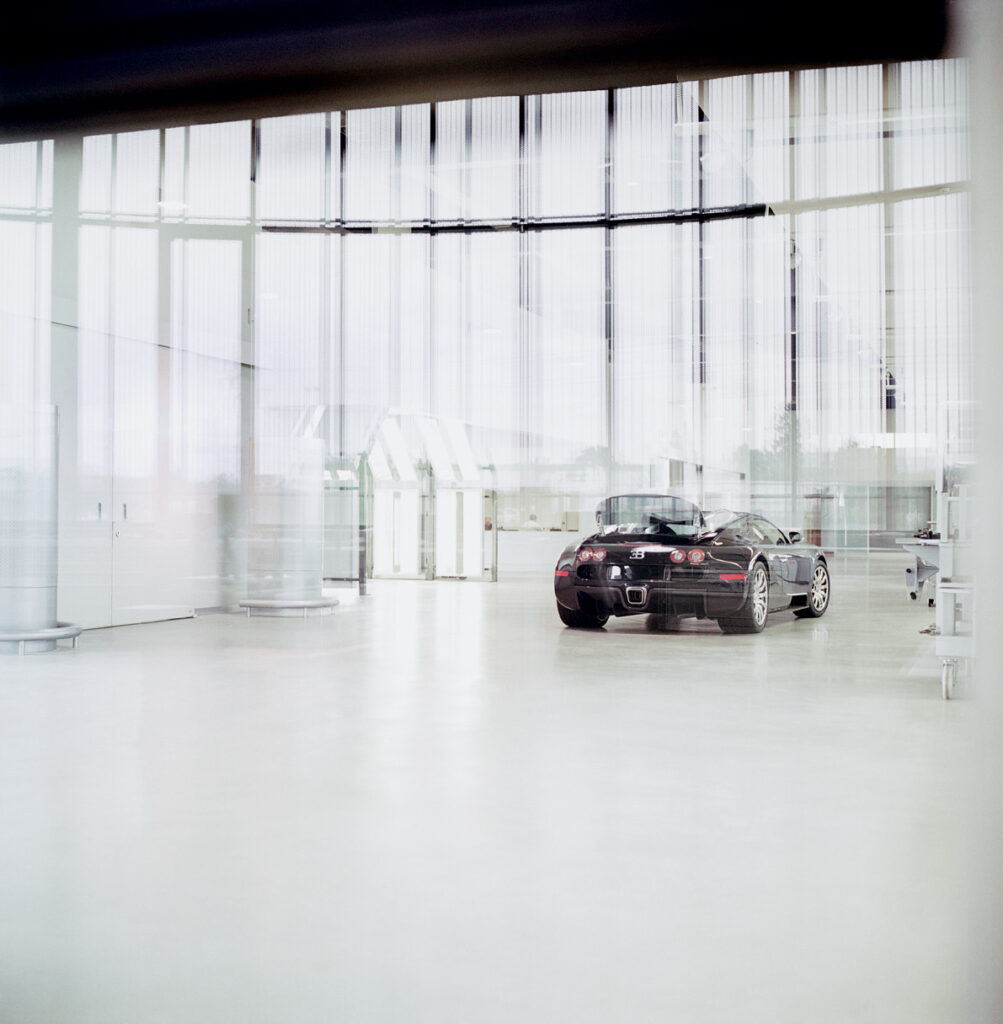
Performing an oil change requires removing most of the car’s rear half, so it costs $25,000 to perform, and the tires need to be replaced every 2,500 miles for $42,000 a set. As though that weren’t enough, the wheels need to be replaced every 10,000 miles for $50,000 a set; and there aren’t a lot of cheap spare parts available if your car has an accident.
Nobody’s crying over deflated supercar values, but these costs also mean these incredible machines are never driven. They sit in garages, collecting dust, waiting for a day that the market realigns with their significance, and you’ll never see one at a Cars and Coffee.
But that may only increase their myth more. Wander along Hollywood Boulevard or through Knightsbridge in London, and you’ll get bored of Lamborghinis, Ferraris, and Rolls Royce. Every year, companies will unveil several dozen new multi-million dollar hypercars, covered in wings and spiky fenders, sold in outrageous colors, and they’ll all be fast and expensive, but there are too many, which are too similar, and too vulgar. They won’t last the test of time. They won’t be remembered.
But a Veyron? A Veyron will always be special.
